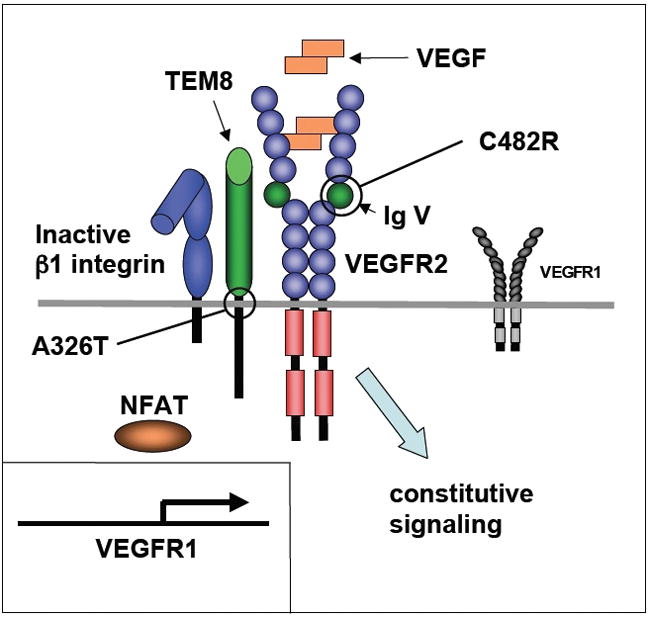Figure 1. Low level expression of VEGFR1 and constitutive VEGFR2 signaling in hemangioma endothelial cells.

Defects in a complex of VEGFR2, TEM8 and β1 integrin in hemangioma endothelial cells keep β1 integrin in an inactive conformation and compromise the ability of the complex to stimulate activation/nuclear translocation of NFAT and transcription of the VEGFR1 gene. The consequences are low levels expression of VEGFR1 and VEGF-dependent constitutive activation of VEGFR2 signaling. In some hemangioma patients, the defects are caused by heterozygosity for a missense mutation (C482R) in immunoglobulin-like domain V of the VEGFR2 receptor or a missense mutation (A326T) in the transmembrane domain of TEM8 (also known as Anthrax toxin receptor 1).
